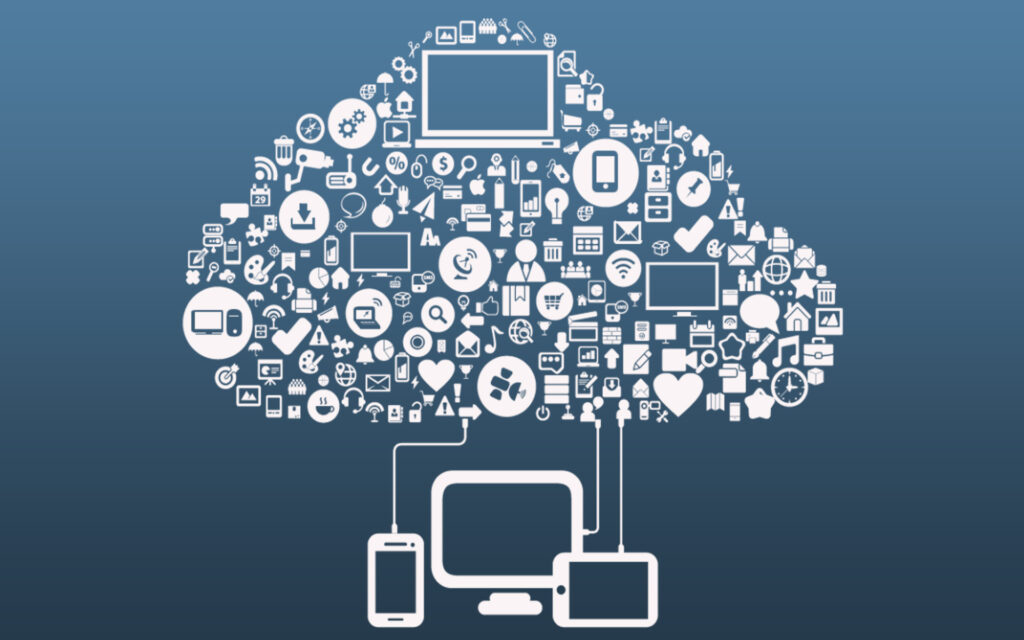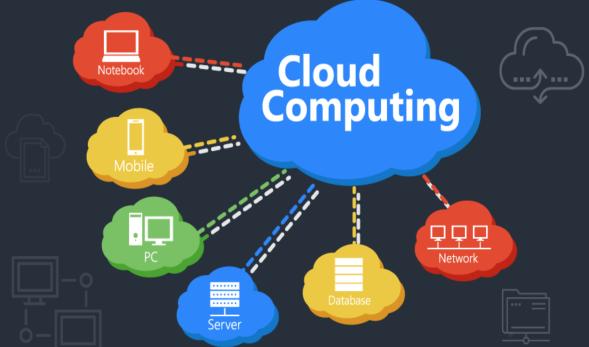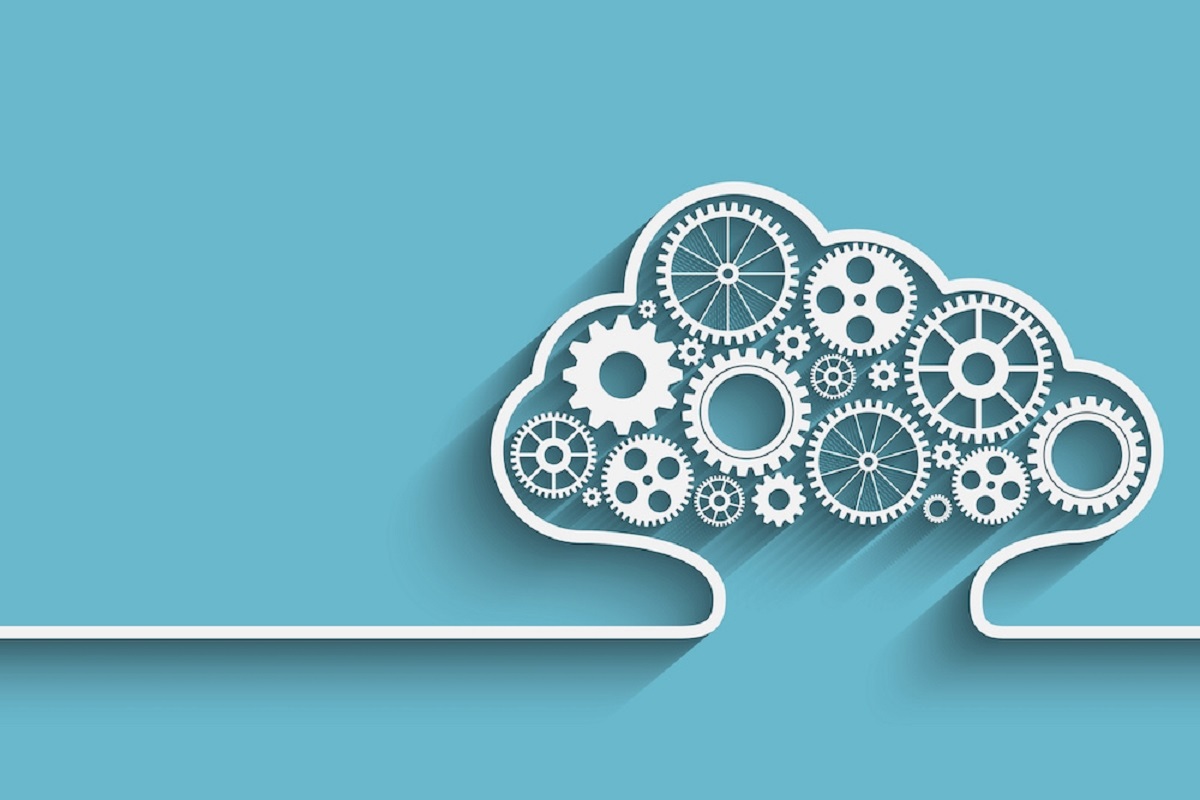IT heads should make sure they have a firm grasp on the business strategy of their respective organisations as cloud computing evolves from a technology enabler to a business disruptor. After that is done, they will be able to search for ways to speed up the strategy by taking advantage of the latest and greatest cloud-based tools. The top forecasts for where cloud computing will be in 2027 are revealed in this free webinar, which also explores how those predictions will affect your cloud value proposition in the coming years.
Also Read: Microsoft Schedules Mystery Event for Tuesday as Company Accelerates AI Investments
Next-generation cloud computing is on the horizon.
According to Gartner analyst and researcher David Smith, the cloud will evolve from a novel technology to a novel business tool within the next five years. In other words, while it shares similarities with other enterprise and IT software, it will provide the framework upon which businesses can implement revolutionary changes to how they do business.

This, says Smith, is “the end of the beginning of the initial chapter of the cloud,” suggesting that cloud service providers can now expand their current clientele.
This is also the domain of “edge computing.” According to Smith, the inclusion of regional clouds, industry clouds, and sovereign clouds, as well as edge computing, will “enhance” the offerings of hyperscale cloud service providers. From a business perspective, it’s vital to consider varying the times and circumstances under which companies utilise hyperscalers.
Also Read: Apple Scales Back Plans for The High-End Mac Pro
When it comes to cloud native capabilities, Gartner predicts that hyperscaler ecosystems, rather than those focused on containers, will meet 70% of customer needs.
Smith points out that the term “cloud-native” can be interpreted differently depending on who you talk to or which organisation you work for. In a recursive definition, “optimally leveraging or implementing cloud characteristics,” we can include some features that are native to CSPs and Kubernetes. What he means by this is “optimally leveraging or implementing cloud characteristics,” according to him.
Also Read: How to Unzip Files in Android: 6 Best Ways to Open Zip Files on Android!
The institutional and organisational framework
The conversation at Gartner, which took place at one of their conferences, centred largely on the need for changes in the way infrastructure is organised. Organizations today are working hard to create a layer that will sit between the various clouds at their disposal. Kubernetes’ container management enables it to be used in this setting to facilitate an orchestration and scheduling environment.
Since infrastructure is becoming more abstracted and invisible (delivered in a serverless way), Smith claims that “I&O will focus less on deploying, provisioning, upgrading, and backing up environments and instead focus on infrastructure and application resiliency.”
Between the cloud and the edge, Smith said, IoT and edge computing are being examined as potential replacements for cloud storage. Both of these services belong to the larger category of “cloud services” Depending on the location of the network or devices and the degree of responsibility assumed by the cloud provider, the interplay between these services can take on a wide variety of forms.
Also Read: 3 Ways to Access I Cloud Photos on Pc/mac
Difficulties encountered by the cloud

While there are certainly challenges associated with cloud computing, Smith maintains that “anything at scale” currently necessitates it and will continue to do so in the future. Companies should not count on having their multicloud hopes and dreams fulfilled in the same ways they currently do.
Gartner conducted a survey to determine the benefits that multicloud environments offer to businesses. Many people who took the survey mentioned financial constraints as a problem. There were some worries voiced about portability and accessibility. Working in a unified ecosystem, as he suggests, simplifies both availability and disaster recovery. This is made exponentially more difficult by the presence of multiple clouds in different ecosystems.
Also Read: Apne TV
According to Gartner, the attrition rate in I&O organisations will rise by 30–40% in 2020–2021 if they do not meet the non-monetary needs of employees. This forecast will hold true until 2026 at the earliest.
Smith claims that there have been major shifts in the general public’s understanding of cloud security over the past few years, especially in regards to data breaches. When first introduced, cloud computing was widely viewed as insecure. However, this perception has since shifted, and cloud services are now seen as being at least as secure as those housed locally.
Also Read: Microsoft Will Provide Support for Windows 11 On Newer Macs via Parallels.
Gartner predicts that in the not-too-distant future, cloud computing will have broader acceptance, with security concerns gradually receding into the background and being primarily discussed in the context of the customer. Further, national security and sovereignty remain, and will likely always remain, serious security concerns.
Additionally, authorities are worried that companies are relying too heavily on a single supplier. Some businesses are still wary of making large investments in the cloud because of the potential for financial and concentration risks, while others worry about the security and reliability of their data due to the prevalence of cloud outages.
Also Read: What is DRAM (Dynamic Random Access Memory)









